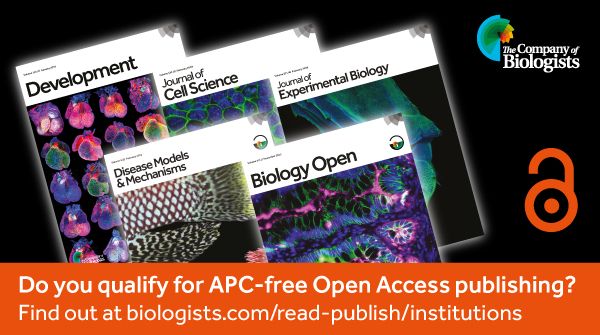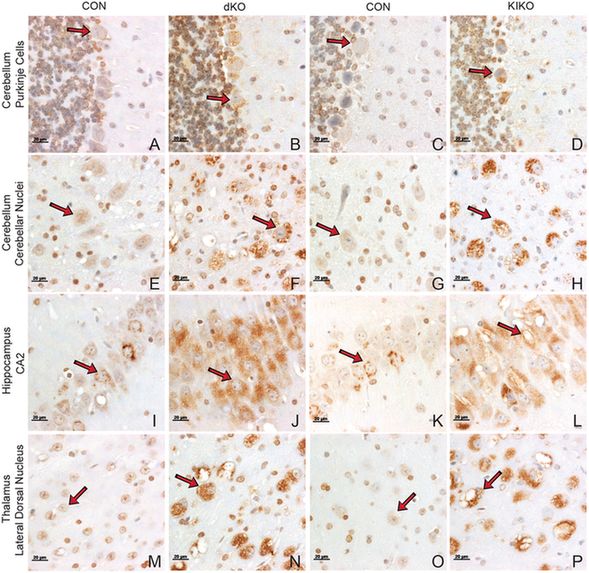




@embo.org @embl.org Symposium - Collectivity in living systems: emergence, function, and evolution, 24 - 27 Feb 2026, EMBL Heidelberg & Virtual
#EESCollectivity
Abstract submission: 18 Nov 2025
Find out more bit.ly/3XzZzzy

@embo.org @embl.org Symposium - Collectivity in living systems: emergence, function, and evolution, 24 - 27 Feb 2026, EMBL Heidelberg & Virtual
#EESCollectivity
Abstract submission: 18 Nov 2025
Find out more bit.ly/3XzZzzy
#MuscleMechanics

#MuscleMechanics
accessible and affordable assay to measure #vitaminB12 in biological samples. doi.org/10.1242/bio....

accessible and affordable assay to measure #vitaminB12 in biological samples. doi.org/10.1242/bio....

#TaySachsDisease #MouseModel

#TaySachsDisease #MouseModel


On the cover: An image of #zebrafish (prey) and a glass catfish (predator) interaction, from Kurnia et al., who use three-dimensional locomotion-tracking assays to observe fear responses in zebrafish.

On the cover: An image of #zebrafish (prey) and a glass catfish (predator) interaction, from Kurnia et al., who use three-dimensional locomotion-tracking assays to observe fear responses in zebrafish.


#Parkinsonism #AlphaSynuclein
![USV results averaged over each genotype group (GFP+, A53T SynGFP+; WT, wild type), pooled across sex. Results for simple (left column) and complex (right column) USVs were analyzed and plotted separately as total USV count (A,B), duration (D,E), frequency range (F,G), and maximum intensity (H,I). Group averages for USV complexity ratio are shown in C. Error bars represent the standard error of the mean value (s.e.m.) and points depict values for individual animals. The asterisk above the bars in plot B indicate a statistically significant difference between the group means observed in the analysis of deviance model [Pr(>χ2)<0.05].](https://cdn.bsky.app/img/feed_thumbnail/plain/did:plc:ckg56sce76vdnqq4yhdlfbts/bafkreidakyi65skzojcd72yjbg32i4frrxv4kyu7wk2z6mvju5j3766y3i@jpeg)
#Parkinsonism #AlphaSynuclein


#Microglia #ConfinedMotility
#Microglia #ConfinedMotility
doi.org/10.1242/bio....
#StemCells #Intestine

doi.org/10.1242/bio....
#StemCells #Intestine
#HABs #Bioluminescence

#HABs #Bioluminescence
See if your institution is participating too: bit.ly/3O7BxGi

See if your institution is participating too: bit.ly/3O7BxGi



